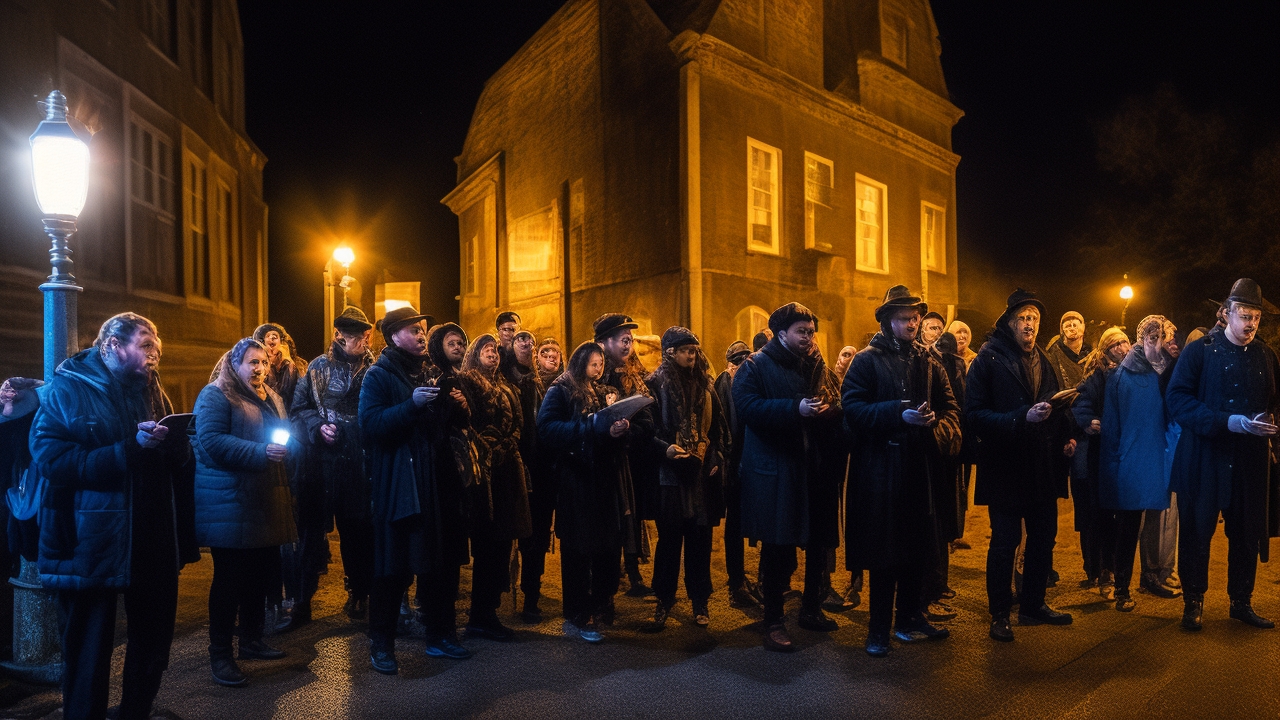Beneath the glow of digital screens and lantern-lit alleyways, a new kind of supernatural adventure is quietly taking the world by storm. Haunted hotels bustle year-round, cities stage ghost walks that blend history with chills, and millions watch, share, and even livestream their own brush with the unexplained. This is not the supernatural of campfire tales—it is a living, thriving community, fueled by curiosity as much as belief.
The Meteoric Rise of Paranormal Tourism
Ten years ago, joining a midnight ghost tour was something you did once a year—now, it’s part of a booming global industry worth $31.89 billion as of 2023, according to American Ghost Walks, and expected to soar to $40.82 billion by 2034. What was a tiny corner of the travel world is now serious business. Whether you’re wandering through eerie penitentiaries or exploring centuries-old hotels with shadowy reputations, the hunger for firsthand paranormal encounters is undeniable. In historic hotspots like Salem, Massachusetts, ghost-themed tourism contributes up to 20% of local tourism revenues, and many towns rely on the October surge of visitors eager for spooky experiences that blend research, history, and mystery.
What’s Fueling the Frenzy?
At the heart of this phenomenon is a simple, stubborn fact: belief in the supernatural is more widespread than ever. In a 2024 RealClear Opinion Research survey, 61.4% of Americans said they believe in ghosts. A 2022 YouGov poll goes further, with 67% of Americans stating they’ve experienced at least one paranormal event, whether that’s glimpsing a shadow in the hall or hearing inexplicable whispers at midnight. Such numbers aren’t mere curiosity—they reveal a deep yearning to probe the boundaries between the known and the unknown.
This belief isn’t confined to late-night speculation. All across the country, people are gathering—virtually and in person—to share stories, join ghost walks, or dive headlong into hands-on investigation. Gone are the days when reports of haunted inns or peculiar apparitions were shrugged off as folklore. Today, these mysteries spark travel adventures and personal quests for meaning within a vibrant, connected community.
Technology’s Spectral Touch
Perhaps the most extraordinary trend shaping supernatural research and tourism is the way technology has reshaped every aspect of the field. Social media platforms have become the nerve centers for paranormal communities. According to American Ghost Walks, 78% of tour operators report social media as their most effective marketing tool, with over 60% of bookings now coming from these channels. TikTok thrives with ghost stories and on-the-fly haunt investigations, some earning creators millions of followers and spawning viral legends almost overnight.
This digital engagement is more than publicity—it’s transforming the investigative process itself. Smartphone apps now claim to detect EMF fluctuations, capture odd sounds, or offer real-time EVP (electronic voice phenomenon) analysis. And virtual reality technology has birthed a new category of paranormal experience: haunted houses you can visit from your living room, complete with immersive soundscapes and eerie, photo-realistic apparitions. In the UK, the Rufford Ghost Walk was among the first to use holographic AR to create digital phantoms in real spaces, merging history, technology, and supernatural storytelling into one seamless package.
Who’s In The Community?
The modern paranormal community is more diverse and engaged than ever—drawing in everyone from seasoned investigators and spiritual seekers to history buffs and the simply curious. Online, hashtags like #paranormal, #supernatural, and #ghosttour connect participants in real time, allowing them to compare tales, share research, and coordinate meetups from Salem to Savannah and beyond.
Offline, communities are forming around guided investigations, conventions, and recurring haunted events. These gatherings often serve as informal laboratories, where equipment is tested, theories are debated, and the ever-elusive intersection between science and mystery is explored. Skepticism remains healthy—and present—but the open invitation for all perspectives is perhaps what distinguishes contemporary supernatural research most from the shadowy secrecy of the past. Believers and non-believers alike find common ground in curiosity, empathy, and the thrill of a shared experience.
Practical Tips for Your Own Supernatural Adventure
- Research before you go: Look up the history of haunted sites and check reviews to find tours or destinations with knowledgeable guides and a good balance of storytelling and facts.
- Bring the right tools: If you’re hoping for hands-on paranormal research, basic gear like recorders, EMF meters, or smartphone ghost apps can enhance the experience—but approach results with an open mind and a critical eye.
- Embrace community: Whether online or in person, the supernatural community is welcoming. Ask questions, share your own stories, and respect differing viewpoints: every perspective adds a vital layer to the ongoing mystery.
Reflections From The Edge of Mystery
There is something deeply human about chasing shadows and collecting mysteries. Maybe it’s a drive to understand what lies beyond, or maybe it’s the comfort of knowing that, in our search for answers, we’re not alone. The supernatural—once relegated to whispered stories and lonely wanderings—has grown into a communal journey, a movement as much about connection as chills. In an age of constant change, perhaps the greatest mystery of all is what brings us back, haunted and hopeful, to these stories again and again.
So whether you’re a seasoned researcher, a casual thrill-seeker, or just beginning to poke around in the unknown, the invitation is open. Dive in, share your encounters, and let the community guide you as we unravel the future of paranormal exploration together. The next great mystery might be waiting just around the corner—or perhaps, right in your own backyard.
